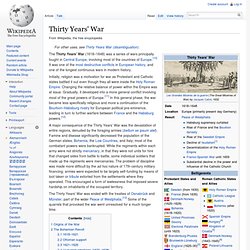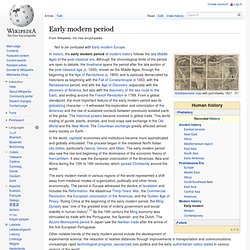

Spanish Inquisition. The Tribunal of the Holy Office of the Inquisition (Spanish: Tribunal del Santo Oficio de la Inquisición), commonly known as the Spanish Inquisition (Inquisición española), was established in 1478 by Catholic Monarchs Ferdinand II of Aragon and Isabella I of Castile. It was intended to maintain Catholic orthodoxy in their kingdoms and to replace the Medieval Inquisition, which was under Papal control. It became the most substantive of the three different manifestations of the wider Catholic Inquisition along with the Roman Inquisition and Portuguese Inquisition. The "Spanish Inquisition" may be defined broadly, operating "in Spain and in all Spanish colonies and territories, which included the Canary Islands, the Spanish Netherlands, the Kingdom of Naples, and all Spanish possessions in North, Central, and South America.
" The Inquisition was originally intended primarily to identify heretics among those who converted from Judaism and Islam to Catholicism. Previous inquisitions[edit] European colonization of the Americas. European colonization of the Americas began as early as the 10th century, when Norse sailors explored and settled limited areas on the shores of present-day Greenland and Canada.[1] According to Norse folklore, violent conflicts with the indigenous population ultimately made the Norse abandon those settlements.

Extensive European colonization began in 1492, when a Spanish expedition headed by Christopher Columbus sailed west to find a new trade route to the Far East but inadvertently found the Americas. European conquest, large-scale exploration, and colonization soon followed. Columbus's first two voyages (1492–93) reached the Bahamas and various Caribbean islands, including Hispaniola, Puerto Rico and Cuba. In 1497, sailing from Bristol on behalf of England, John Cabot landed on the North American coast, and a year later, Columbus's third voyage reached the South American coast. Early conquests, claims, and colonies[edit] [edit] The search for riches[edit] Commercial Revolution. Mercantilism. Building overseas colonies;Forbidding colonies to trade with other nations;Monopolizing markets with staple ports;Banning the export of gold and silver, even for payments;Forbidding trade to be carried in foreign ships;Export subsidies;Promoting manufacturing with research or direct subsidies;Limiting wages;Maximizing the use of domestic resources;Restricting domestic consumption with non-tariff barriers to trade.

The term "mercantile system" was used by its foremost critic Adam Smith,[3] but "mercantilism" had been used earlier by Mirabeau. While many nations applied the theory, one exemplar was France, economically the most important state in Europe at the time. King Louis XIV followed the guidance of Jean Baptiste Colbert, his controller general of finances (1662–83). Thirty Years' War. The Thirty Years' War (1618–1648) was a series of wars principally fought in Central Europe, involving most of the countries of Europe.[10] It was one of the most destructive conflicts in European history, and one of the longest continuous wars in modern history.

Initially, religion was a motivation for war as Protestant and Catholic states battled it out even though they all were inside the Holy Roman Empire. Changing the relative balance of power within the Empire was at issue. Gradually, it developed into a more general conflict involving most of the great powers of Europe.[11] In this general phase, the war became less specifically religious and more a continuation of the Bourbon–Habsburg rivalry for European political pre-eminence, leading in turn to further warfare between France and the Habsburg powers.[12]
Early modern period. In history, the early modern period of modern history follows the late Middle Ages of the post-classical era.

Although the chronological limits of the period are open to debate, the timeframe spans the period after the late portion of the post-classical age (c. 1500), known as the Middle Ages, through the beginning of the Age of Revolutions (c. 1800) and is variously demarcated by historians as beginning with the Fall of Constantinople in 1453, with the Renaissance period, and with the Age of Discovery (especially with the discovery of America, but also with the discovery of the sea route to the East), and ending around the French Revolution in 1789.